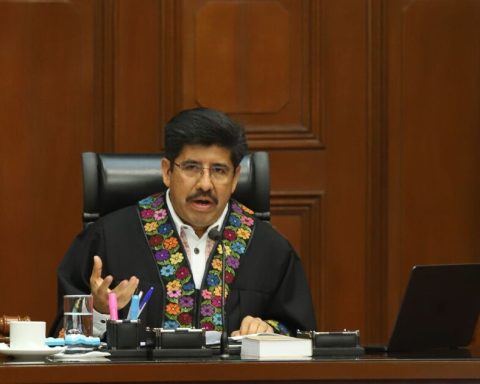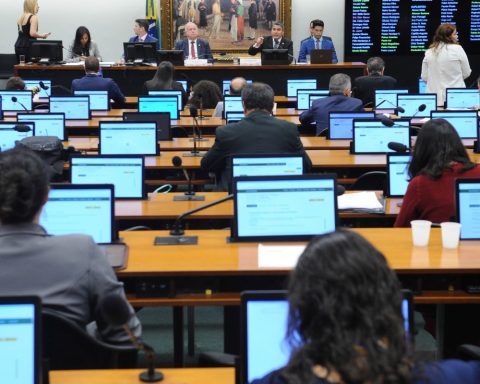The use of the 6GHz band, which is currently used for satellite links, is considered key for connectivity and closing the digital divide, and the definition of its future arouses the interest of the Argentine telecommunications market and information technology.
In this framework, different national, regional, and global telecommunications market players brought their proposals closer with the aim of discussing the fate that the Government will give to the 6Ghz band.
Among the possibilities under analysis, One hundred percent of the 6Ghz band of the Argentine radio spectrum can be used for services that improve internet capacity within homes with a service called WiFi6, without license payments to the State.
Another alternative may be to reserve 50% of the band for future 5G services.
This last possibility began to circulate during the last month, after industry entities and sector specialists indicated that this band could be used for 5G technology.
One of the big differences between both projects is that while the use of the 6Ghz band for 5G or other mobile technologies implies the payment of a license; use to increase internet quality within homes (indoor) is not licensed, so they will not represent income for the State.
The companies that promote this last modality submitted to the authorities of the sector a study carried out by Telecom Advisory Services, according to which “the designation of the 6 GHz band for unlicensed use in Argentina will generate an accumulated value between 2022 and 2031 equivalent to 63,640 million dollars“.
The promoters of this initiative are Meta, Cisco, Microsoft and others involved in the intensive use of the Internet.
These uses are both for the residential level (intelligent devices connected to the Internet, wristbands, home access controls, among other cases) and for corporations, such as industry 4.0. Corporate use is the type of service that, according to the head of Enacom, Claudio Ambrosinioperators would give when 5G technology is enabled.
“We believe that, in Argentina, perhaps the first application we see for 5G is for production processes and in terms of strategic goods, such as oil and gas exploration, automotive industry and telemedicine“, Ambrosini pointed out last week when participating in the China-Celac forum.
Since GSMAan association of mobile operators and related companies, dedicated to supporting the standardization, implementation and promotion of the mobile phone system, the executive director for Latin America, Lucas Gallitotold Télam that “the industry has a need for 2,000 megahertz in medium bands” of the radioelectric spectrum, and that the 6Ghz band “could satisfy it.”
Gallito noted that in the sector “We don’t see the need to discuss the fate of the 6Ghz band right nowwhen we are one year away from the ITU Radiocommunications Conference”, which will technically analyze the feasibility of using that band for which services.
In your opinion “wifi does not align with public policy to connect the unconnectedbecause it works for areas where there is already infrastructure”.
The Argentine Government through the National Communications Entity defined that 5G technology services will use the 1500 MHz bands, the AWS-3; the 2300 MHz; 3,500 MHz, 26 and 38 GHz.
While the 6Ghz band has not figured so far among these possibilities under the argument that “the higher the frequency, the more capacity but less coverage”; one of the axioms of telecommunications.
In dialogue with Télam, the head of the Dynamic Spectrum Alliance, Martha Suárezstressed that the WiFi service & (improved internet within homes), “can coexist” in the same 6GHz band with satellite link services or fixed accesses.
Suárez, by way of closing, pointed out that On the continent, the countries that have already decided to use 100% of the “WIFI6” band are the United States, Brazil, Chile and Peru.for which “the unification of a regional criterion is also a factor to be taken into account”.


















